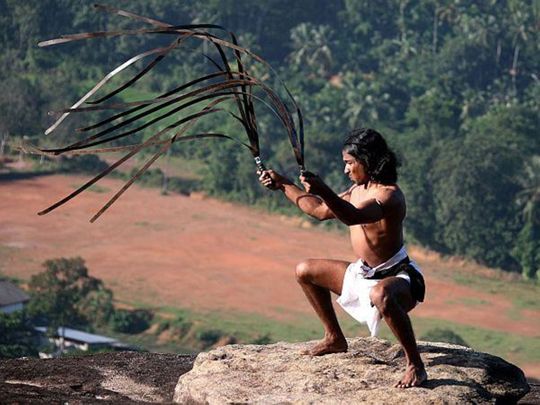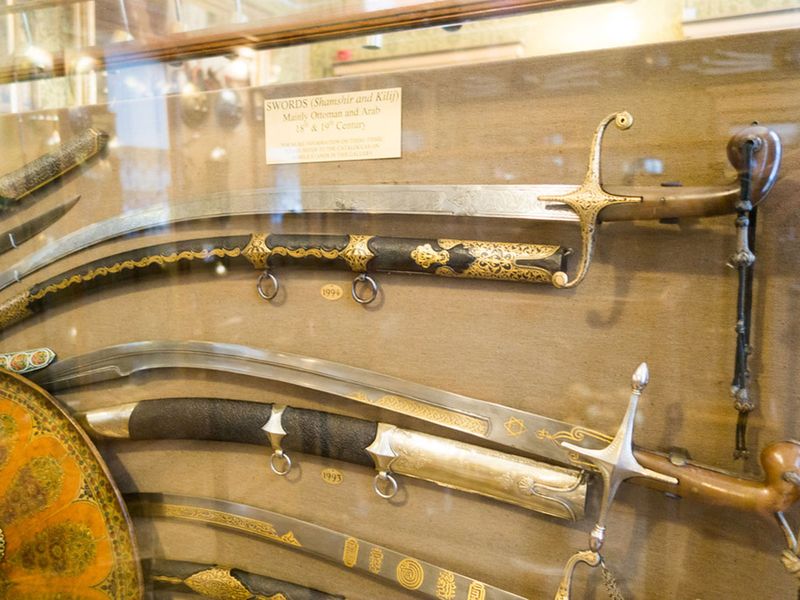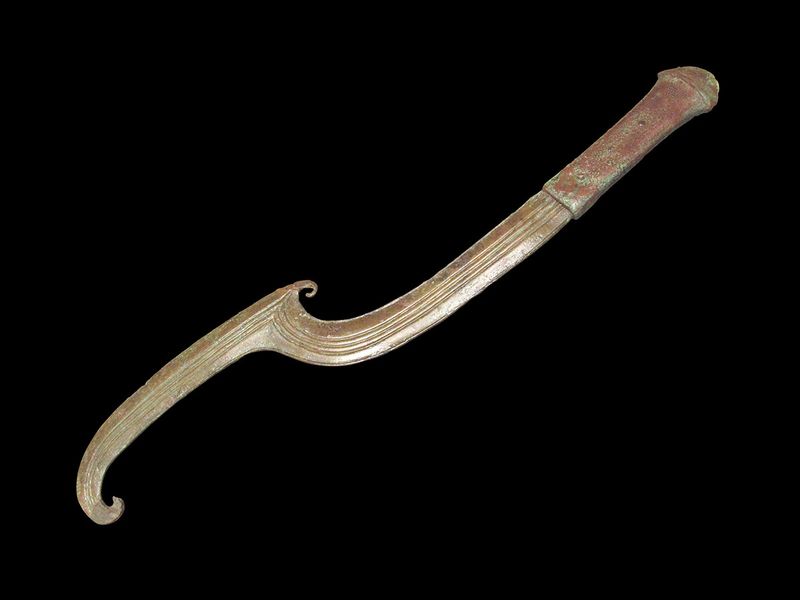
When you think of a pirate, you might think of a parrot on a shoulder, or the Jolly Roger skull-and-bones flag. But whether in the Caribbean or the Mediterranean, every pirate had one implement he could not do without – a sword.
Click start to play today’s pirate-themed Word Search, where you can find the word “sword” among others.
Over the centuries, in legend and lore, swords have gone from being tools of destruction to weapons with names, personalities and their own fantastical fables. The Excalibur, for instance, was a legendary sword belonging to King Arthur - only he was able to pull it out from a stone, thus cementing his glory. But there are many other swords, real ones at that, which are still remembered for the damage they did in times past.
Here, we shine a light on five of them:
1. The Urumi
It’s a sword, it’s a whip, it’s a bouquet of horror. Invented during India’s Mauryan dynasty, between 350 to 150 BC, urumis (pictured above) do not look like typical swords – they are metal whips with sharp edges that can be swung to shower a series of lacerations on an enemy. Beware, however, because only the skilled can wield the urumi – the metal blades can easily swing back to slice up the swordsman.
2. The Kilij

Appearing in Turkey in around 400 AD, the kilij was the weapon of choice for horsemen. It went through many variations over the next 1,400 years, but its effect was always the same – in a skilled rider’s hand, it could destroy with clean, and devastating efficiency.
3. The Chinese Hook
These swords do not just feature curved tips, but also sharp, hand protecting guards. Commonly used in pairs, the deadly blades are still used to teach northern styles of Chinese martial arts and Wushu weapon routines. The routines are often very flashy, with one technique involving linking the paired weapons and wielding them as one long, flexible blade.
4. The Khopesh

This deadly weapon was used in ancient Egypt and is thought to have evolved from battle axes or farm apparatus. Only the outer edge of this curved weapon was sharp. It was considered a symbol of authority and was often seen wielded by pharaohs. Ramses II and Tutankhamen both had a khopesh entombed with them.
5. The Ulfbehrt

Viking ulfberht swords were strong, lightweight and extremely flexible. They were made of a pure metal called crucible steel, which is far superior to the metal found in other medieval swords. But blacksmiths today still have a hard time reproducing this material, since no one knows how Viking warriors were able to develop such an advanced sword.
Which sword seems most intimidating to you? Play today’s Word Search and let us know at games@gulfnews.com.




